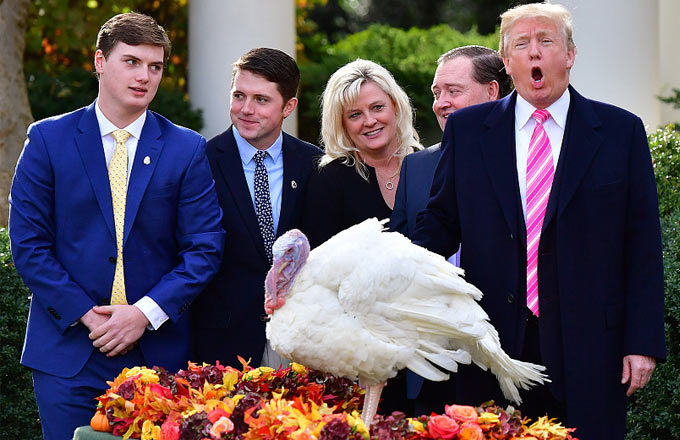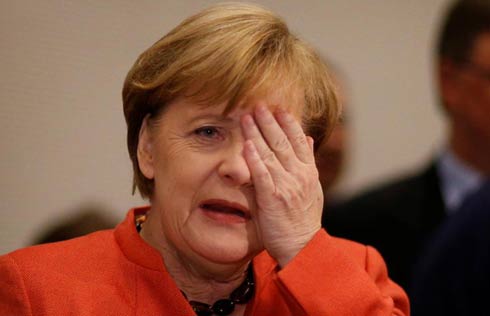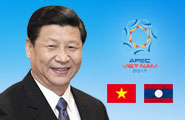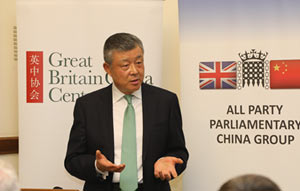China, Russia set for anti-missile drill
China and Russia will hold their second joint computer-assisted anti-missile drill next month, a move experts said could counteract the missile interceptor system installed by the United States and the Republic of Korea on the Korean Peninsula.
The drill will be held from Dec 11 to 16 in Beijing, China's Defense Ministry said on its website on Friday. The goal is to "jointly train for anti-missile combat planning and preparation, launch command and firing coordination," it said.
The drill does not target any third party, the ministry added. "It is for responding to sudden and provocative ballistic or cruise missile attacks on the two countries' territory."
The Chinese and Russian militaries have voiced their opposition three times this year to US deployment of the Terminal High Altitude Area Defense missile-interceptor system in the Republic of Korea. The latest joint statement was on Oct 12.
The X-band radar associated with THAAD can locate missiles 2,000 kilometers away, a range that includes parts of Russia and fully covers Northeast China.
"It sacrifices other nations' security interests for the US' absolute safety," the statement said. Such actions have severely undermined the security interests of China and Russia, paving the way for conflicts and even an arms race, it said.
Li Xing, a professor of international relations specializing in Sino-Russian relations at Beijing Normal University, said the drill is a testimony to deep mutual trust between the Chinese and Russian militaries amid growing tension surrounding the Korean Peninsula.
The previous drill took place last year in Russia, "and the new drill will address issues found in the previous drill, and improve both nations' ability to protect their regional security interests," he said.
Tension in the Korean Peninsula is growing due to recent frequent and large-scale military activities by the US in the region, said Niu Jun, an international relations professor at Peking University.
On Thursday, the United States and Japan launched a joint naval drill in waters around Okinawa in southern Japan. The 10-day exercise is to include US aircraft carrier USS Ronald Reagan, three guided-missile destroyers and around 14,000 US servicemen, the US Navy said.
It comes after three US aircraft carriers-including the Ronald Reagan, USS Nimitz and USS Theodore Roosevelt-held the first three-carrier exercise since 2007 in the western Pacific.
They also joined with Japanese and ROK warships off the Korean Peninsula during US President Donald Trump's 12-day tour of Asia last week.
Throughout the trip, Trump routinely mentioned the nuclear issue in the Korean Peninsula. On Wednesday, Trump said in a televised statement that he vowed a global campaign of "maximum pressure" on Pyongyang.
"This rhetoric and military activities are sending a tough signal to Pyongyang, but they might be counterproductive to maintaining regional peace," Niu said, adding that Beijing and Moscow have a shared interest and duty in stabilizing the peninsula.




















